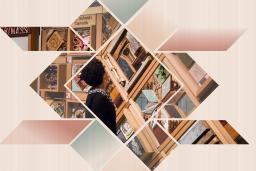Topics: Indigenous rights
Exhibitions
Reclaiming Power and Place
May 3, 2025 – April 5, 2030
Discover how two local Indigenous artists/matriarchs respond to the need for justice by creating awareness through art and action.
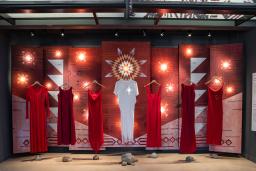
Stories
The Re‐emergence of 2Spirit People in the 21st Century
By Albert McLeod
Two‐Spirit individuals were cherished in Indigenous cultures, Albert McLeod writes, but European colonizers imposed rigid, binary definitions of gender and sexuality that activists are working to dismantle.

What Is Two‐Spirit? Part One: Origins
By Scott de Groot
Discover the history and meaning of Two‐Spirit. The term speaks to community self‐determination, rejects colonial gender norms and celebrates Indigenous sexual and gender diversity.

Heartbeat of a People
By Dave McLeod
First Nation, Inuit and Métis music has demonstrated remarkable resilience and adaptability throughout history. Music by the people is still at the heart of who they are, as it has been for millennia.
Treaty 3: Honouring its truths
By Carlie Kane
Treaties were meant to ensure peaceful co‐existence between settlers and Indigenous peoples. But they became instruments of colonial control. Together, we can return to the original goal of mutual respect and care.

The Doctrine of Discovery
By Travis Tomchuk
Learn about this 500‐year‐old colonial idea that still affects Canada’s treatment of Indigenous peoples.
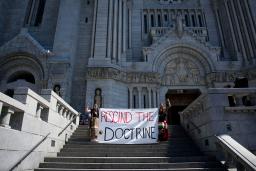
The United Nations Declaration on the Rights of Indigenous Peoples
By Karine Duhamel
What is the UNDRIP and why is it important? What does Canada’s commitment to enact UNDRIP mean? How will it impact treaty rights, land, resources and cultural rights in Canada?

The murder of Elzéar Goulet and the struggle for Métis rights
By Karine Duhamel
Elzéar was raised in the Métis trapping and trading tradition and was killed for his role in the Red River Resistance. His story reflects the long struggle for Métis rights that includes the founding of Manitoba.
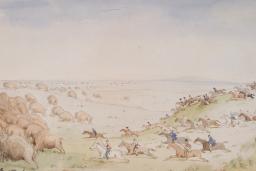
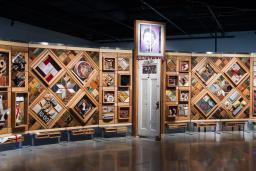
Dick Patrick: An Indigenous veteran’s fight for inclusion
By Steve McCullough and Jason Permanand
Patrick was awarded the Military Medal for bravery in the Second World War, but back in British Columbia he was refused restaurant service because he was Indigenous. That didn't stop him.
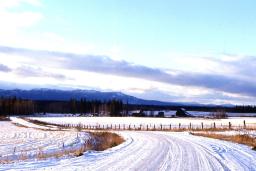
The Two Row Wampum
By Karine Duhamel
The Two Row Wampum, known as Teiohate Kaswenta in the Mohawk language, tells the story of an agreement between Indigenous people and the Dutch. The agreement is founded upon the respectful co‐existence of two different nations.

Planting a seed: Creating a community garden at the Museum
By Matthew McRae
My partner and I have a small garden just outside the front door of our home. I will admit that it’s not much to look at.

Truth and reconciliation: What’s next?
By Karine Duhamel
This article series has focused on the way we present Indigenous content within the Museum and how we are approaching reconciliation.
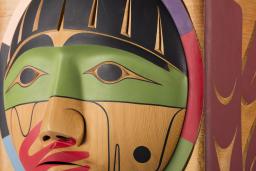
Lighting the Flame at the Pan American Games
By Rhea Yates
Fifty years ago, 10 young Indigenous athletes ran an 800‐kilometre relay from St. Paul, Minnesota, to Winnipeg, Manitoba, carrying the torch that would open the 1967 Pan American Games.
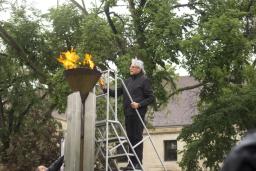
Approaching the human rights stories of Indigenous peoples
By Karine Duhamel
This article focuses on the creation and development of exhibition content exploring the human rights stories of Indigenous people in this country. To tell these stories, the Museum engaged with communities and individuals in a process of truth‐telling.
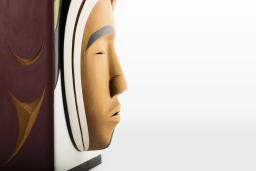
The nuts and bolts of reconciliation
By Karine Duhamel
As a child, I often visited museums. I was lucky to be able to travel with my family, and to visit interpretive spaces across the country.

Why reconciliation? Why now?
By Karine Duhamel
Since the publication of the Truth and Reconciliation Commission of Canada’s final report in 2015, more and more Canadians seem focused on the idea of reconciliation.
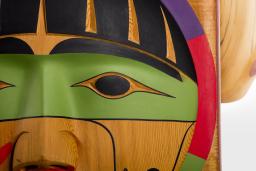
Reconciliation: A movement of hope or a movement of guilt?
By Karine Duhamel
In Why reconciliation? Why now? I talked about the idea of reconciliation as an invitation to a new and shared future and as a pathway towards a good life, both for Indigenous people and for other Canadians.

Resource guides
Missing and Murdered Indigenous Women, Girls and 2SLGBTQI+ People
In this guide, you will find links to resources related to the epidemic of missing and murdered Indigenous women, girls and 2SLGBTQI+ people in Canada and the United States.
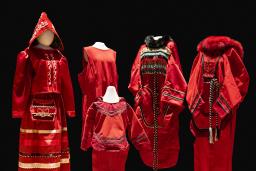
Web projects
The Witness Blanket
This monumental work of art honours Survivors of Canada’s residential schools. A new website lets you learn from their experiences and bear witness to their stories.
